
Sicily
Visit Sicily: scent of mulberries, amazing landscapes and an ancient history
Things to do in Sicily
All the experiences and attractions for the most popular activities.
Territory of Sicily
The territory of the Sicily region consists almost entirely of the island of the same name, the largest island of Italy and the Mediterranean Sea, and the largest region of Italy. The remaining part consists of the archipelagos of the Aeolian, Egadi and Pelagian Islands and the islands of Ustica and Pantelleria.
It is washed to the north by the Tyrrhenian Sea, to the west by the Channel of Sicily, south-west by the Sea of Sicily, south-east by the channel of Malta, east by the Ionian Sea and north-east by the Strait of Messina that separates it from Calabria. The region and the surrounding islands are affected by intense volcanic activity. The most important volcanoes are: Etna, Stromboli and Vulcano.
Useful information about Sicily
Sicily is the largest island and region in Italy, with Palermo as its capital. In addition to the main island, the region is formed by a set of archipelagos and islands, in fact, including the island of Sicily, there are 19 inhabited islands.
The main groups of islands of the great archipelago of Sicily are the Aeolian Islands, the Aegadian Islands and the Pelagian Islands, the islands of Stagnone and the Cyclops. The other cities of Sicily are Catania, Messina, Agrigento, Caltanissetta, Enna, Ragusa, Syracuse and Trapani.
Top Attractions in Sicily
all entrance tickets for the most popular Italian attractions
Discover the Italian Ambassador of Excellence in this region
Looking for tips for your next trip? Ask Monna Lisa.

Places and tours of Sicily
Sicily is an ancient land, which boasts a series of unique archaeological sites, sunny beaches, numerous archipelagos and islets. Sicily is also an ideal year-round tourist destination, thanks to a mild climate and a perfect mix of history, excellent cuisine, a lively nightlife and, first of all, a warm and welcoming atmosphere.
There are many places to visit and discover, such as the tiny town of Taormina, one of the most visited tourist destinations in Italy, or as Cefalù, included among the most beautiful villages in Italy. The Valley of the Temples of Agrigento, Taormina, Palermo and Catania will leave you breathless with their monuments and archaeological sites.
If you want to experience exciting excursions, Etna, the island of Stromboli and the Alcantara gorges will make you experience unique emotions in contact with nature.
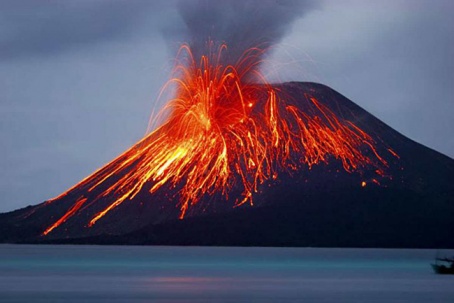
Food and flavours of Sicily
Sicilian cuisine is part of a complex and articulated gastronomic culture. The list of typical products is very long, in fact, each province and each municipality has its own specialty and even the names of the same foods vary from area to area.
The culture of street food is very strong, and the most representative dishes are: panelle (pancakes made of chickpea flour), crocchè (fried croquettes made of boiled potatoes), sfincione (a kind of double layer pizza full of onions), sandwiches with spleen ( veal spleen and lung), and stigghiole (roasted lamb guts).
Symbol of the strong confectionery tradition of Sicily is the cassata, a sponge cake stuffed with sweetened ricotta, surrounded by royal dough and decorated with candied fruit. Cannoli, a fried wafer filled with sweetened ricotta. An alternative to ice cream is granita, very common in Sicily, chopped with ice and fruit syrups.
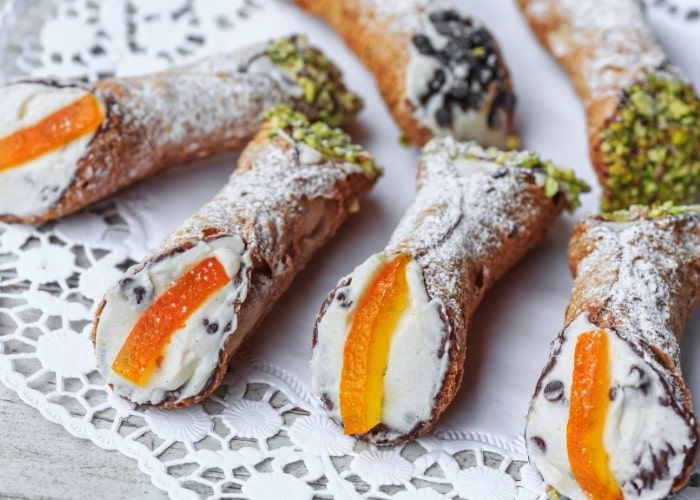
Unesco Sites in Sicilia
Stories and traditions of Sicily
Thanks to its geographical position, it has played a very important role in the historical events that have had as protagonists the peoples of the Mediterranean. The succession of multiple civilizations has enriched Sicily with urban settlements, monuments and remains that make the island one of the privileged places, where history can be relived through the images of the signs that time has not affected and that has been handed down to the present day.
One of the symbols of Sicilian culture is the colourful Sicilian cart. Wooden cart transported by horses in the eighteenth century were used for agricultural purposes, still widespread today, are an attraction for tourists from around the world. Another noteworthy tradition is the "puppet theatre". The Sicilian puppets represented a leisure, like the cinema for us today. The shining armour of the paladins enchanted adults and children alike. In the historical centre of Palermo there are several theatres where traditional shows are still staged today and a museum.
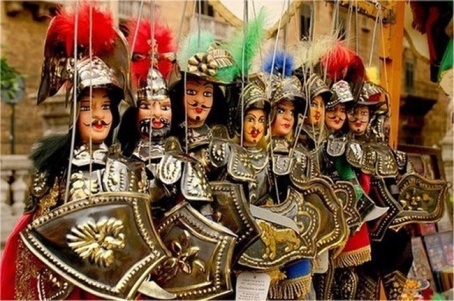
Art and culture of Sicily
Sicily has been influenced by the many ethnic groups that have passed through its territory, marking its art and culture: Pieces of Greek, Roman, Byzantine, Muslim, Norman, Angevin, Aragonese, Catalan culture... Each of them has left its mark, architectural traces, masterpieces of art, transforming the whole island into an open-air museum unique in the world.
Sicily, a land of illustrious writers, started the Sicilian School at the court of Frederick II, where the first vernacular developed. Among the most illustrious are: Giacomo da Lentini, inventor of the sonnet; Luigi Pirandello with his Nobel prize for literature; Luigi Capuana and Giovanni Verga, both verists; Salvatore Quasimodo, another Nobel prize winner; Giuseppe Tomasi di Lampedusa, well known for his historical novel "Il Gattopardo", and many other authors.
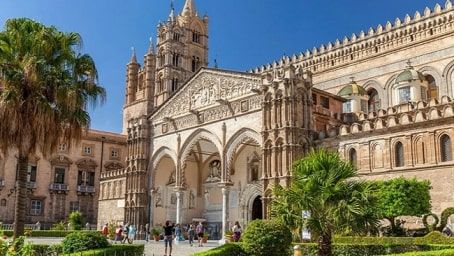
Things to do in Sicily
Sicily Region
Located in the middle of the Mediterranean Sea, Sicily is the largest region in Italy.
Totally insular, consisting of the main island and a series of archipelagos (the Aeolian, Egadi and Pelagie Islands) and smaller islands (including Ustica and Pantelleria), it faces the Tyrrhenian Sea to the north. To the northeast, the Strait of Messina divides the island from the Italian peninsula. Sicily is washed by the Ionian Sea to the east, while to the south-west it is divided from Africa by the Strait of Sicily.
Also called 'island of the sun' because of its identification with the island described by Omero in Book XI of the “Odissea”, in ancient times it was called 'Trinacria' for its almost triangular shape (from the greek treis, tre- and àkra, promontories).
Today, for the variety of its naturalistic, historical and cultural aspects it is called 'island-continent'.
The territory is mainly hilly (61.4%) and mountainous (25%), the remaining part is flat, mostly concentrated in the area of Catania; but the sea surrounds this corner of paradise immersed in the Mediterranean.
The Peloritani mountains, the Nebrodi and the Madonie are the reliefs present in Eastern Sicily: it is here that we find the Pizzo Carbonara, the second highest peak of the island, with 1977 meters high.
At the center of the region, we find the Erei mountains, on which stands (948 meters high) the city of Enna, while between the province of Ragusa and Syracuse are the wonderful Iblei mountains to welcome us. Finally, to the west, we find the Sicani, mountains of variable height, whose highest peak is mount Cammarata, 1580 meters.
The geography of Sicily is characterized by a wide biodiversity and a wide variety of geological and morphological.
The rivers are of limited flow and extent, often torrential like the rivers of Nebrodi, Madonie and Peloritani, which in summer are almost perpetually dry.
For its inestimable cultural value, having one of the oldest documented stories in the world, Etna 'a muntagna' - is certainly the most important European volcano, whose activity has lasted at least 2700 years. The most restless and fascinating mountain in all of Sicily has become in 2013, in fact, a World Heritage Site. Mount Etna, with its 3300 meters high, is a place where nature expresses its power to the maximum, where often fire and snow meet and give life to a unique and fascinating show.
The longest watercourse of the island is the southern Imera, while the one with the largest catchment area is the Simeto.
On the Ionian coast flow the Alcantara, whose waters flow on a bed of lava stone, the Anapo, the San Leonardo, the Simeto and its tributary Gornalunga. In the depth of the city of Catania, as covered by the eruption of the eighteenth century, flows an underground river called Amenano.
The Torto and the northern Imera flow on the Tyrrhenian coast, while on the coast of the southern coast flow the Dirillo, the Gela, the southern Imera, the Platani and the Belice.
There are very few lakes of natural origin. Among the few extant are Lake Pergusa, of paleo volcanic origin, and Lake Lentini (a semi-natural lake): the latter has the particularity of hosting a remarkable variety of fish and birds.
Many coastal lakes, almost all in reserves.
Over 70 are the natural reserves of Sicily to protect forests, mountains, rivers, lakes, salt pans, islands, caves and wildlife oasis. 5 parks, including the Alcantara river park in which, over 25 meters high, we can admire the picturesque Alcantara Gorges.
The capital of Sicily, Palermo, has been elected European Capital of Street Food: among the cities with excellent street food, according to a ranking of Forbes, it is in first place in Europe.
The provinces in which the Sicilian territory is divided are nine, whose capitals are Agrigento, Caltanissetta, Catania, Enna, Messina, Palermo, Ragusa, Siracusa, Trapani.
Within these provinces there are numerous municipalities, villages and villages among the most beautiful in Italy, it is certainly not a coincidence if the German author Goethe fell in love with it to the point of defining Sicily 'the key to everything'
Thanks to its privileged central position, Sicily has always been the meeting point of civilizations. Influenced by the many ethnic groups that have passed on its territory, it owes its culture to the Normans, who created Sicily as we know it today.
There is no place in the world that has undergone so many transformations always remaining the same, without losing the peculiarity of its traditions and its historical individuality: Sicily was in fact Phoenician, Greek, Byzantine, Arab, Norman, Swabian, Angevin, Aragonese, Spanish, Savoy, Austrian and Bourbon. Everyone has left something that was then incorporated into a great time machine that is this wonderful land, that has been able to value the past to be able to face the future.
Sicily is also the birthplace of a series of records: the first Parliament in the world (organized under the Normans), the first state in the modern sense of the term, the birth of Italian literature, the most important European popular movement (the Sicilian Vespers revolt of 1282), the first revolutionary socialist movement (Fasci siciliani dei lavoratori of 1893-94).
The first inhabitants were the Siculi (or Sicans); but with the Phoenicians, who settled in the western part of the island and founded Palermo, there were the first contacts among the Mediterranean people. The Greeks arrived in the eighth century B.C. founding or expanding the centers of Catania, Messina, Taormina, Syracuse, Gela and Agrigento.
The Romans arrived in the third century B.C., making Sicily a Roman province and increasing, thanks to its agricultural wealth and its culture, the imperial power of Rome.
After the fall of the Western Roman Empire, Sicily suffered numerous barbarian invasions, until the passage under Byzantine rule in the sixth century A.D. Later the Arabs arrived, making the island shine, both culturally and economically.
We are in 827 A.D. The re-Christianization occurred at the end of 1000, thanks to the Normans, successors of the Arabs. Then Swabians, Angevins and Aragonese until 1412, opening the doors to the Spanish domination and the annexed catastrophes, famines, epidemics and wars that afflicted Sicily.
Thanks to the Peace of Utrecht of 1713 Sicily went into the hands of the Austrians, and then passed, in 1735, to the Bourbons, who remained in Sicily until 1860, the year of the famous enterprise of the Thousand, which united the island to the other Italian regions.



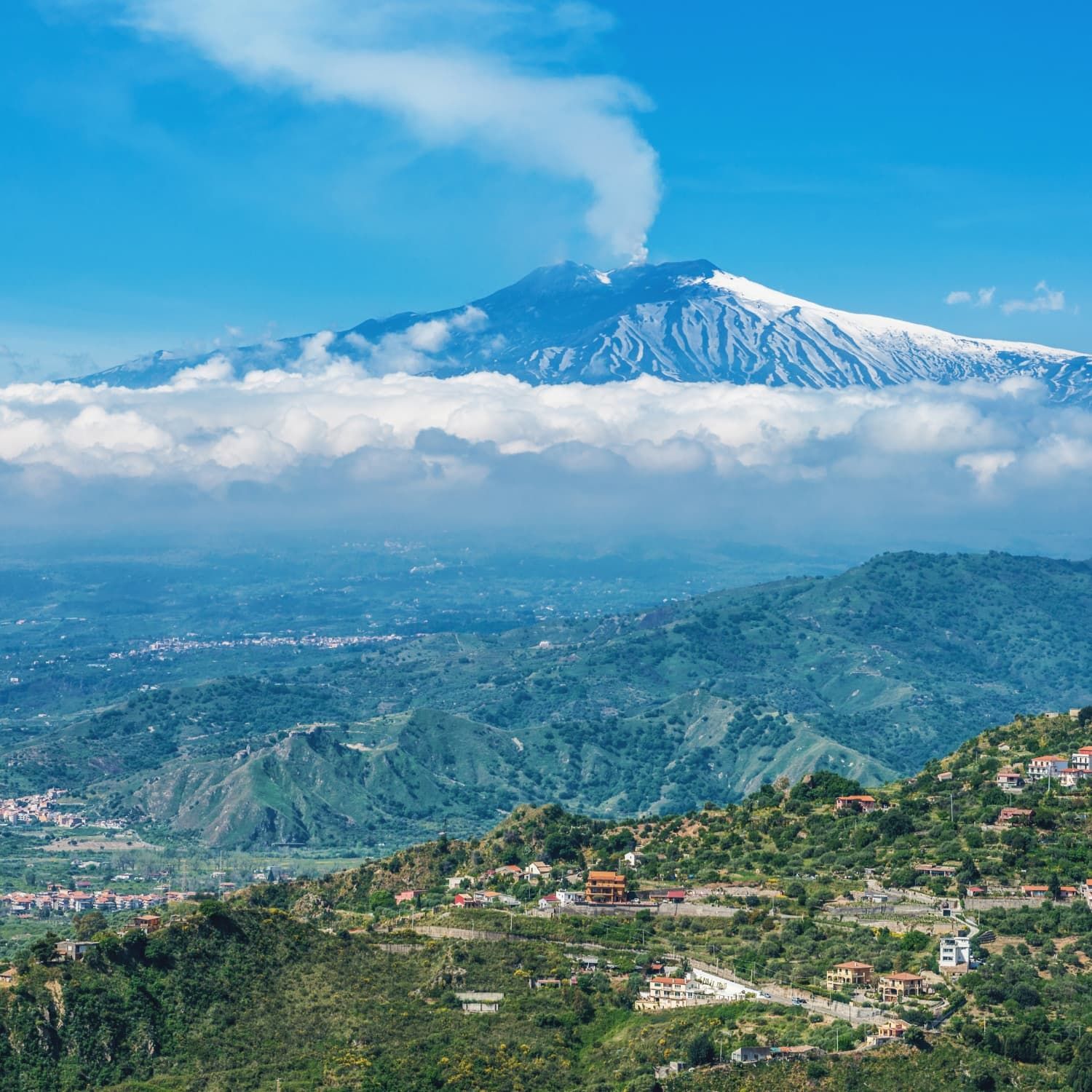
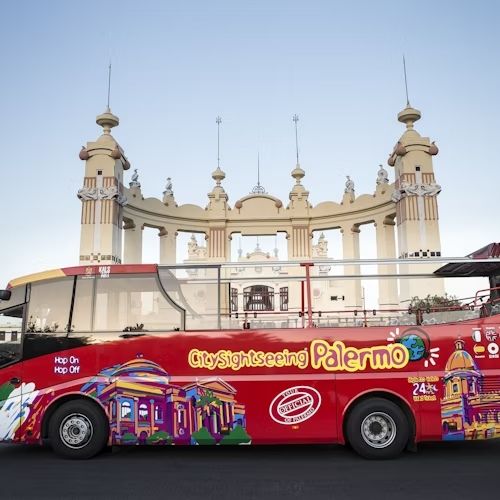
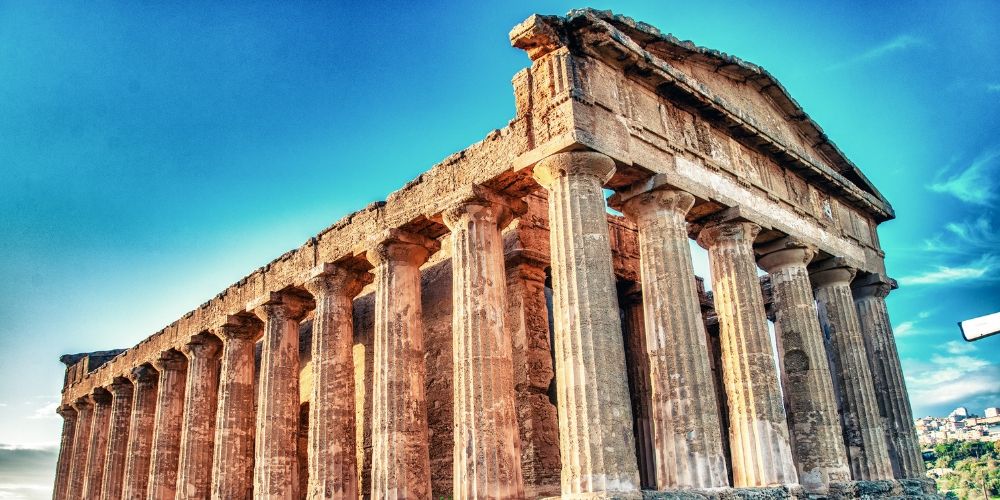

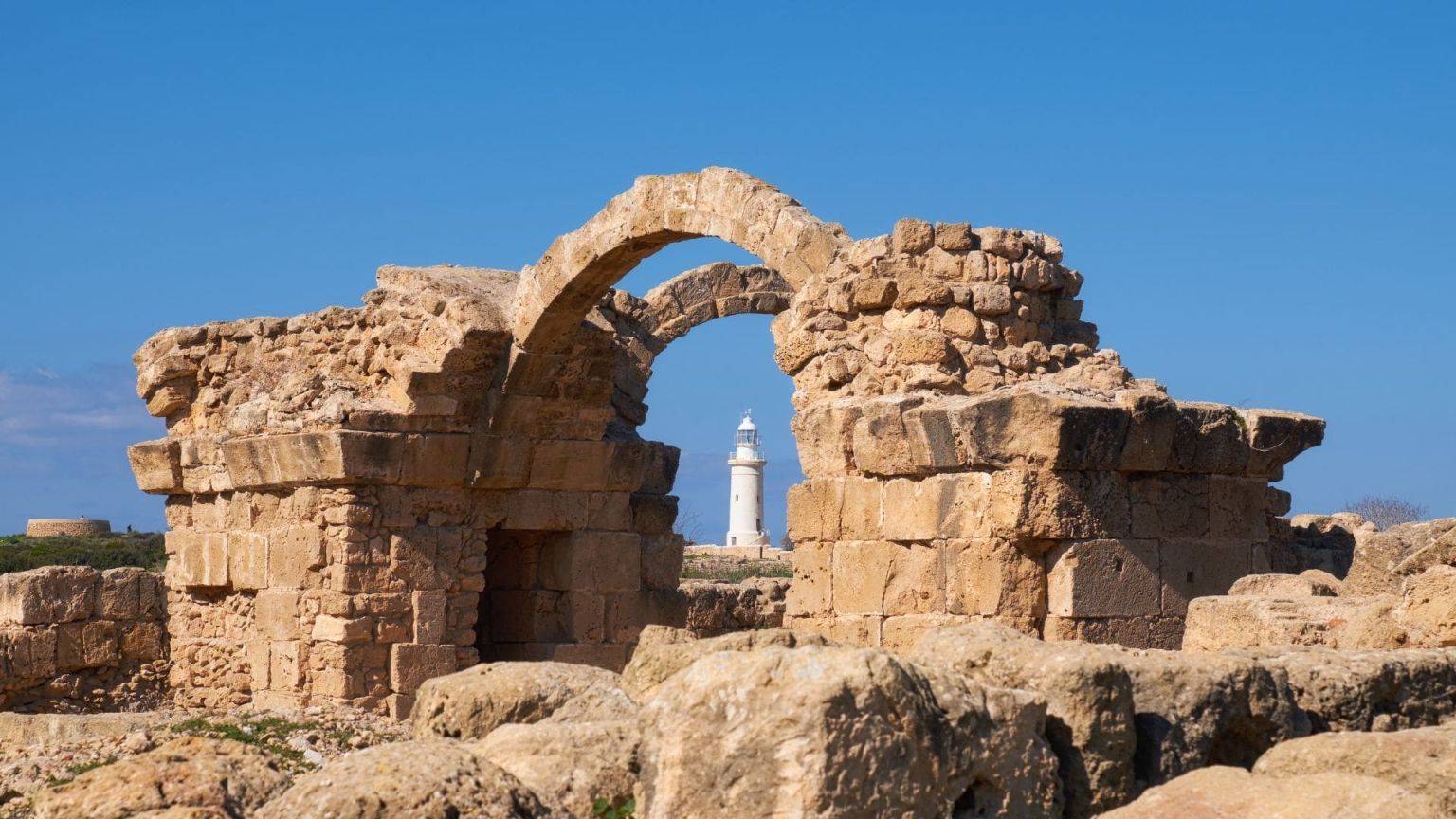
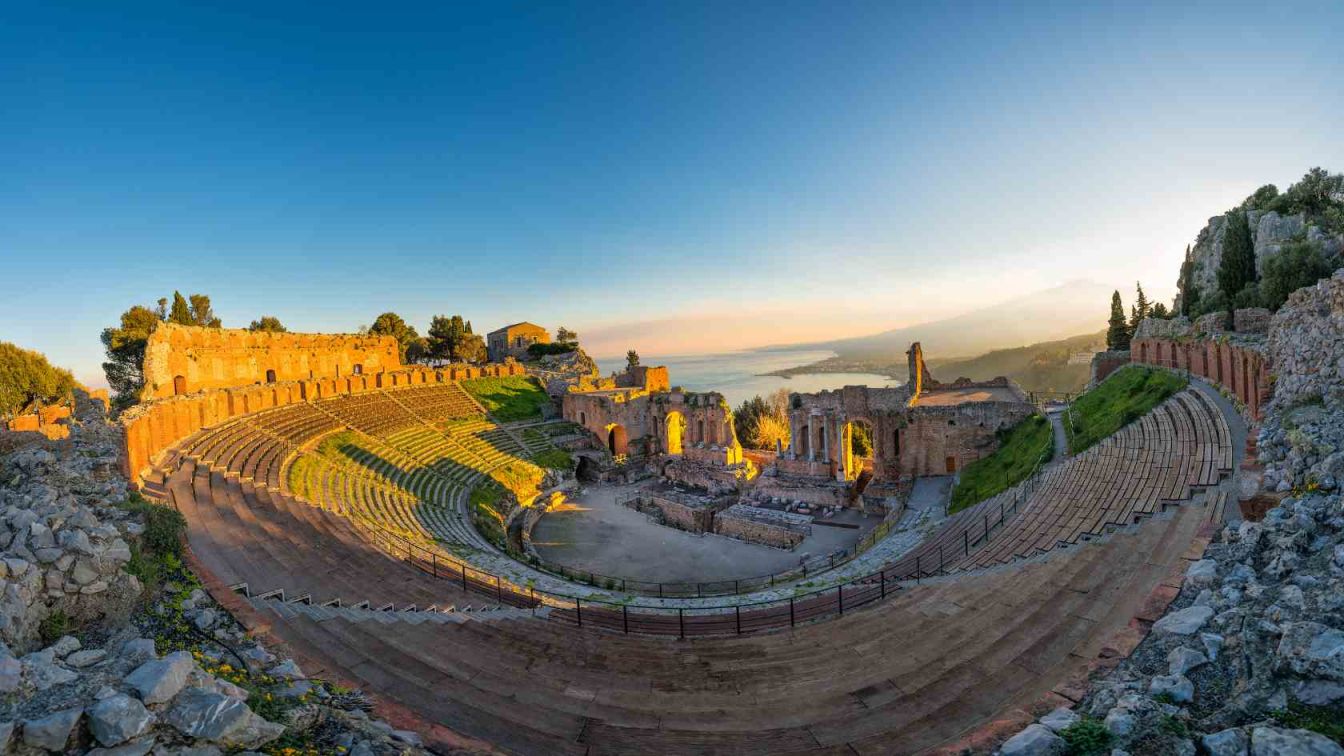
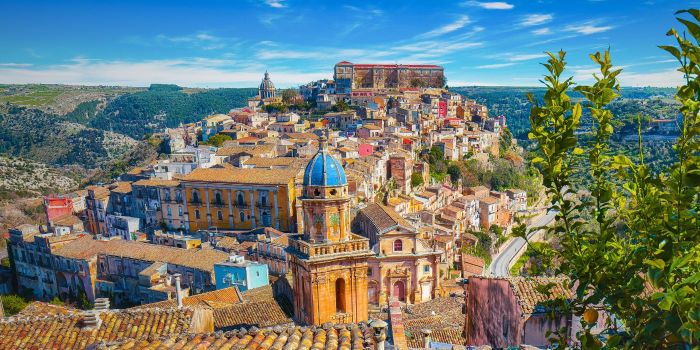

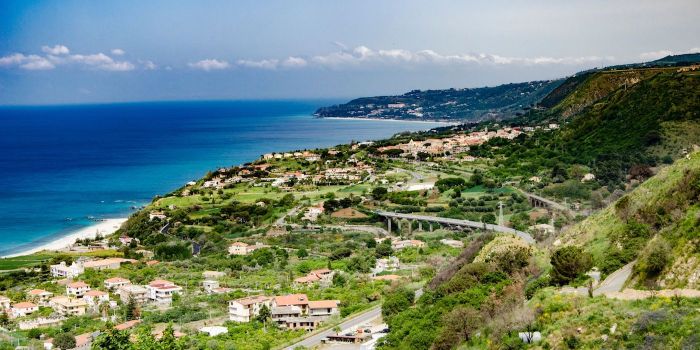
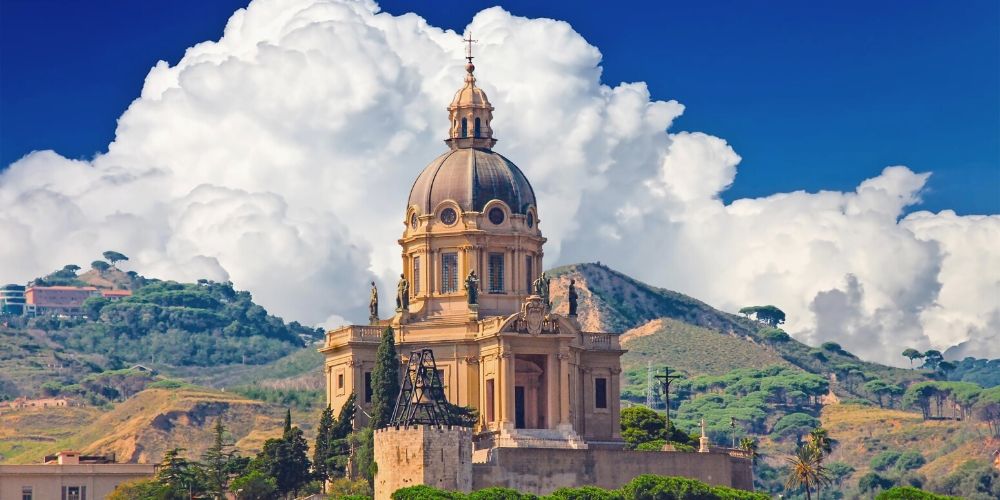
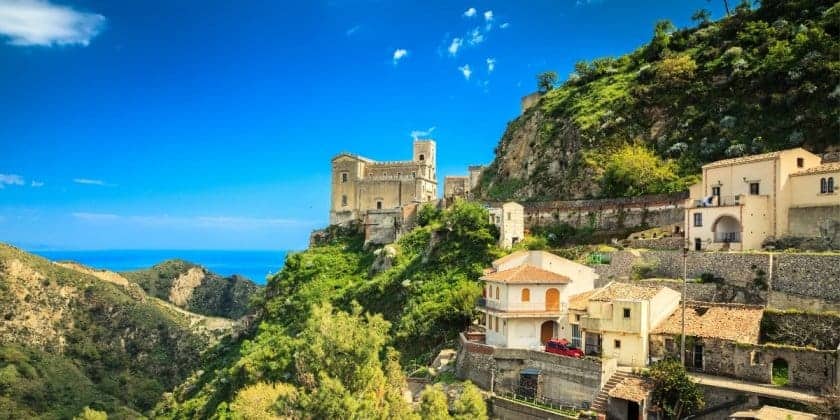

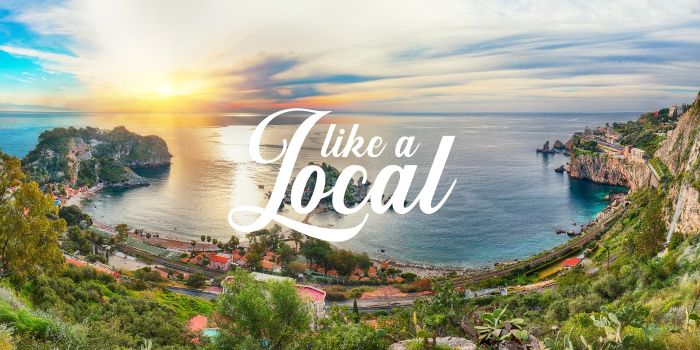
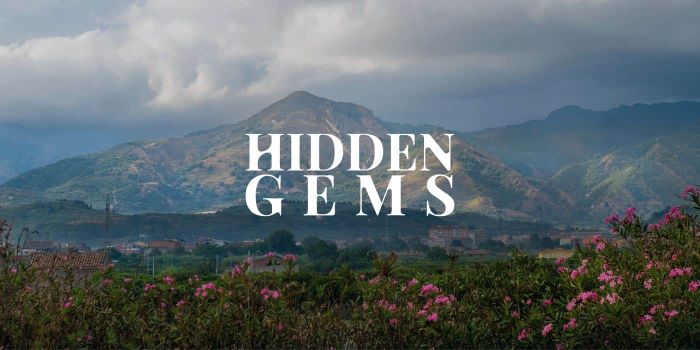
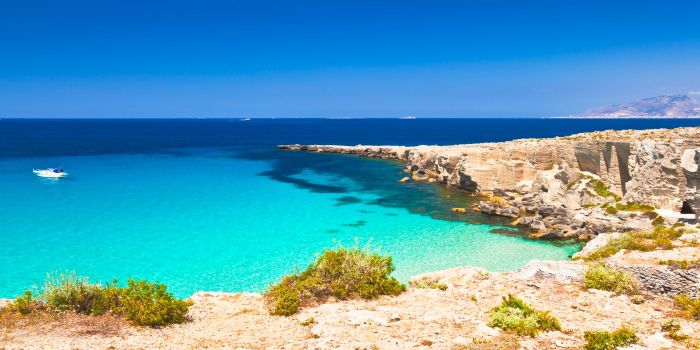
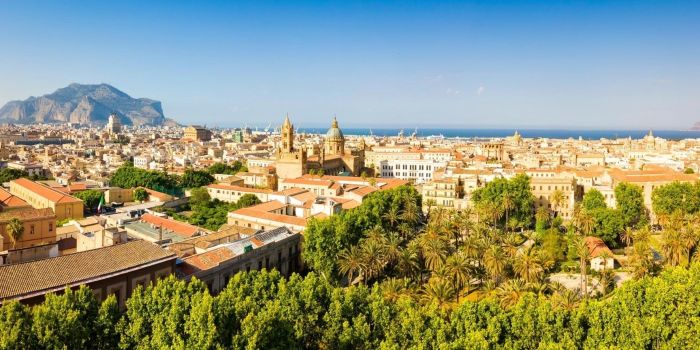
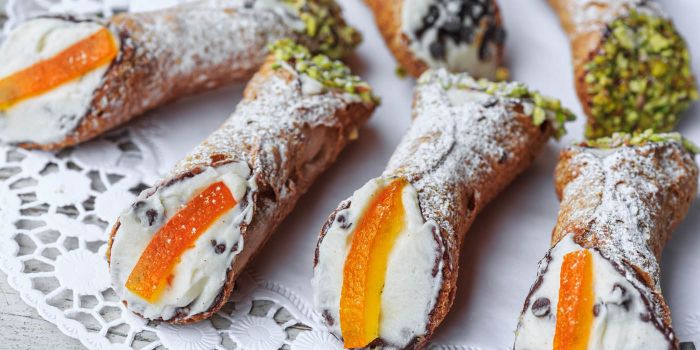
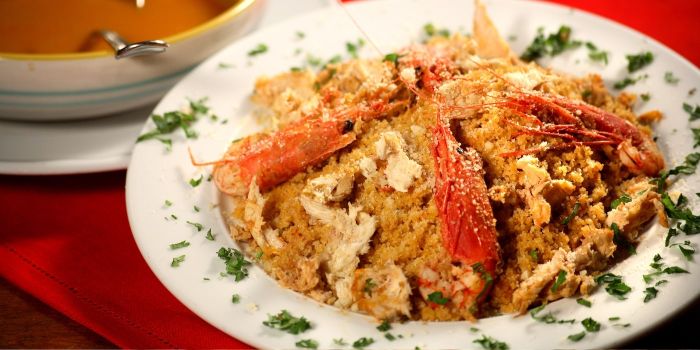
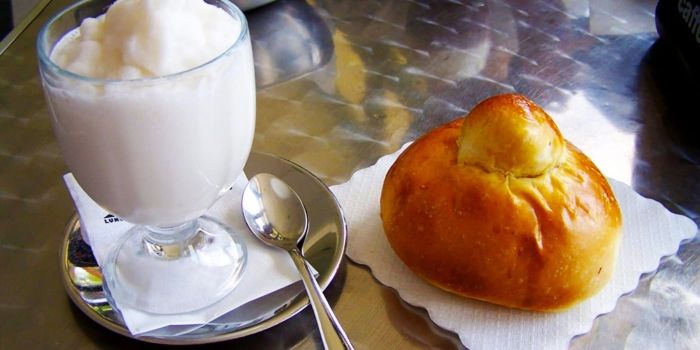

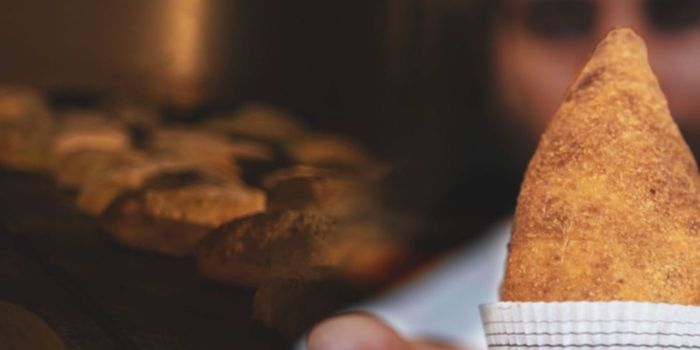
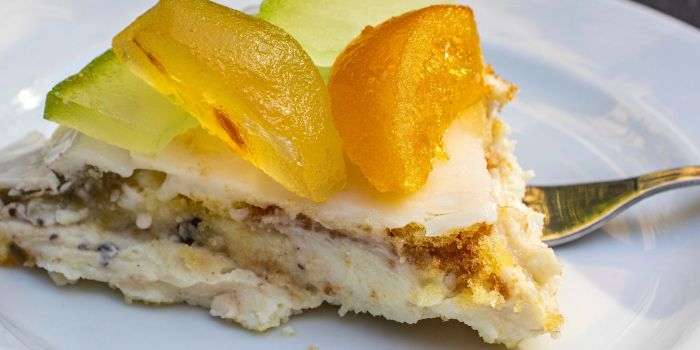
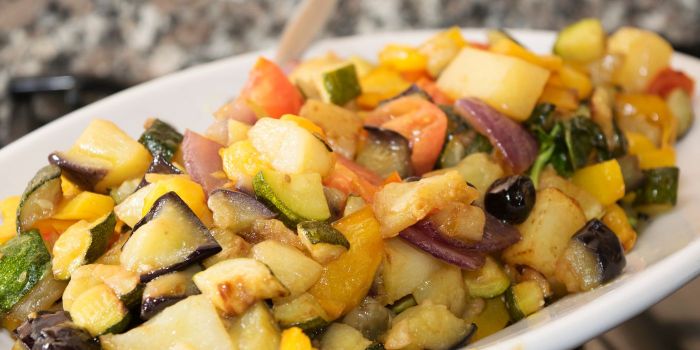
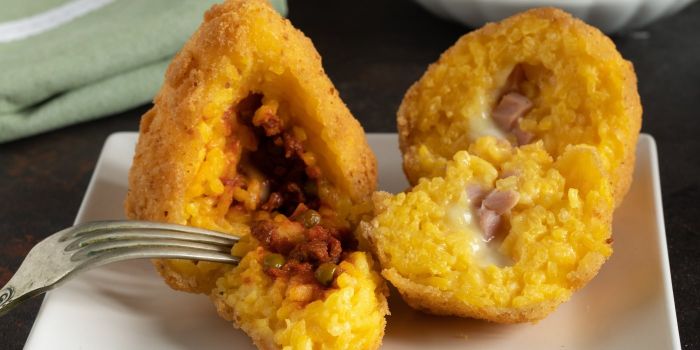
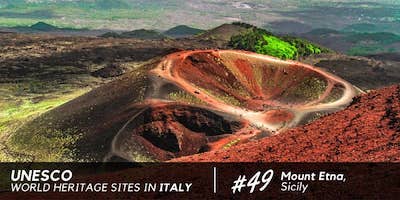
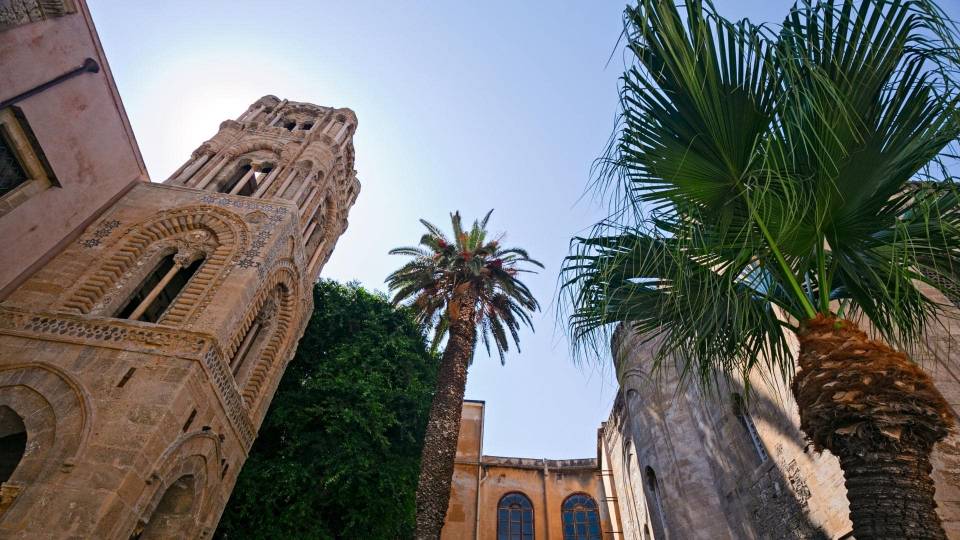
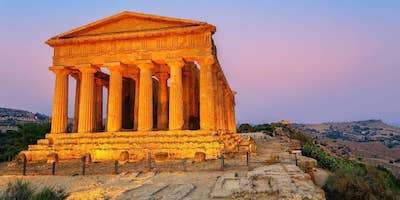
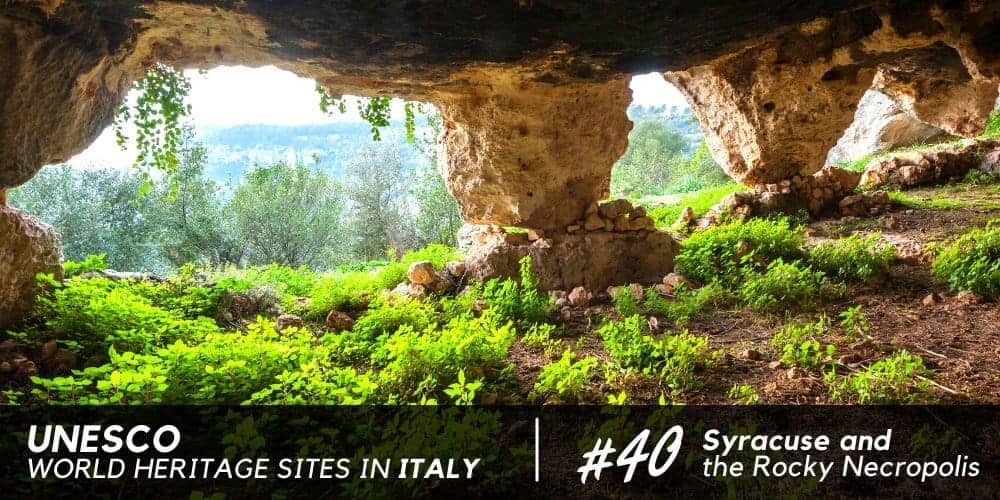
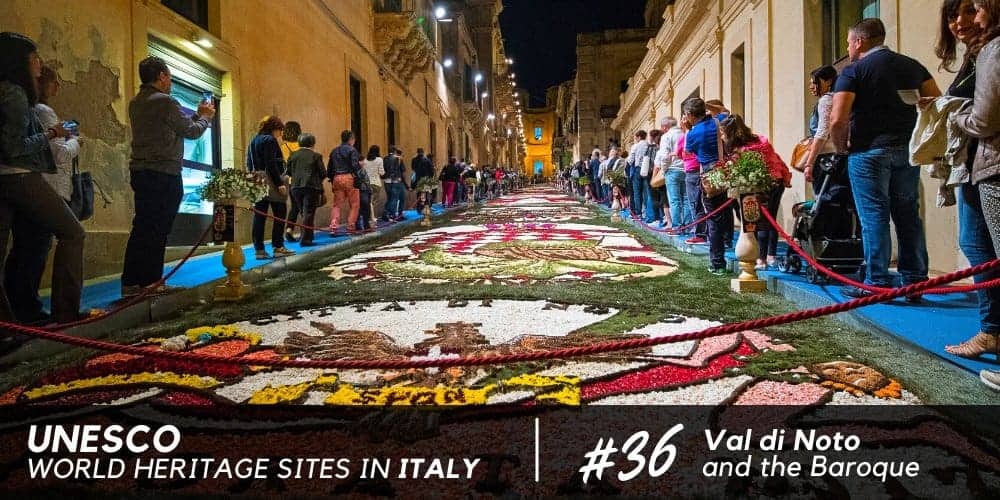
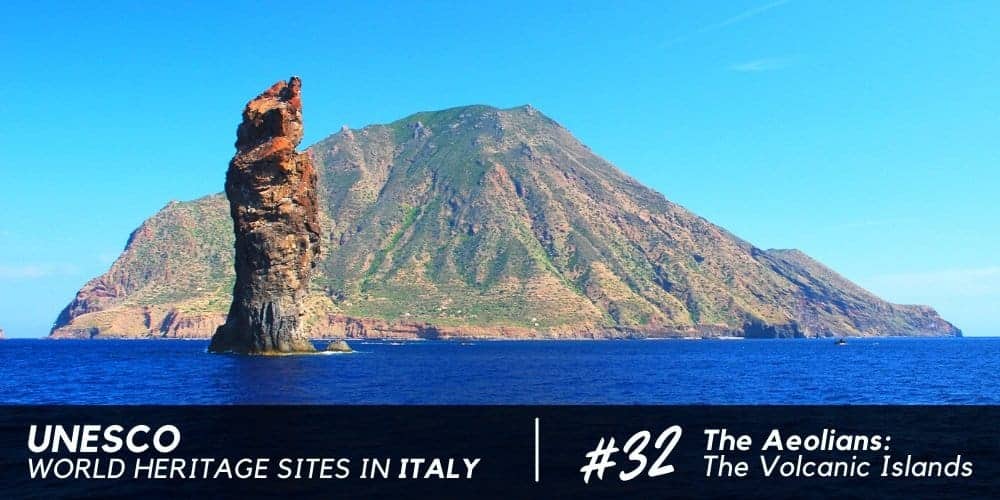
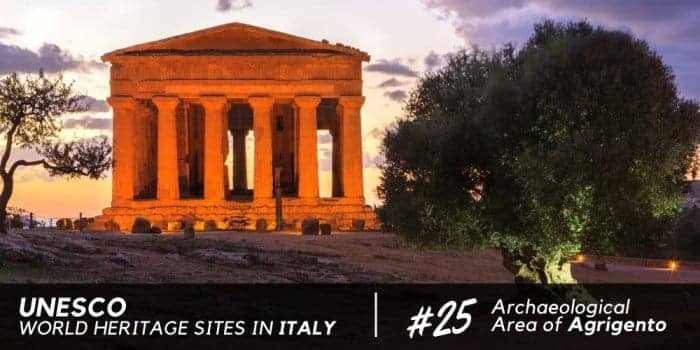

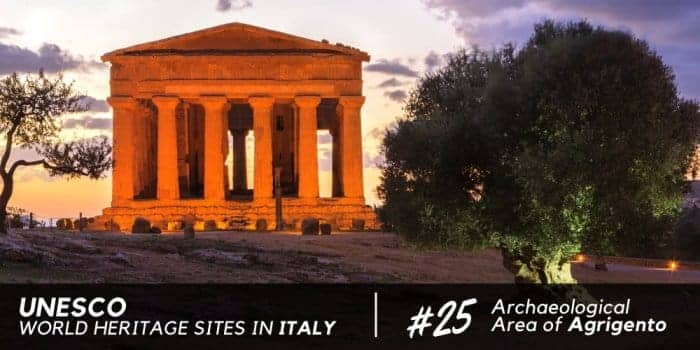
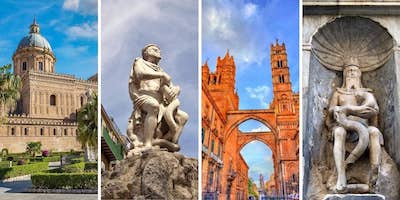
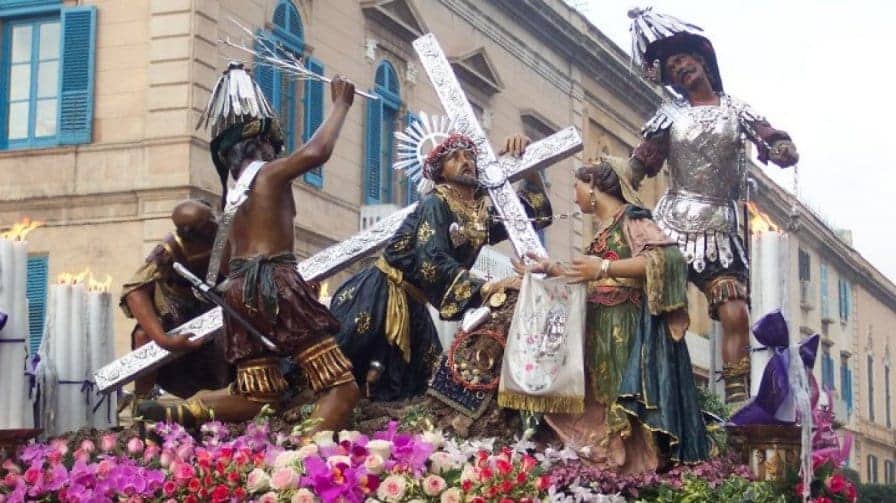

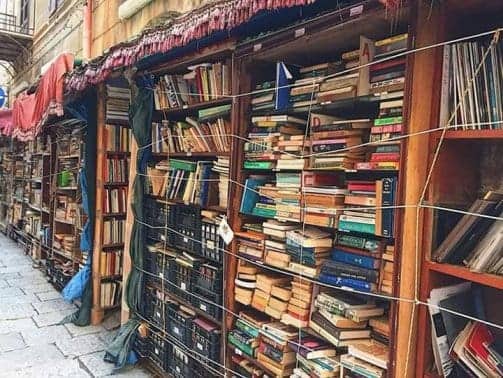
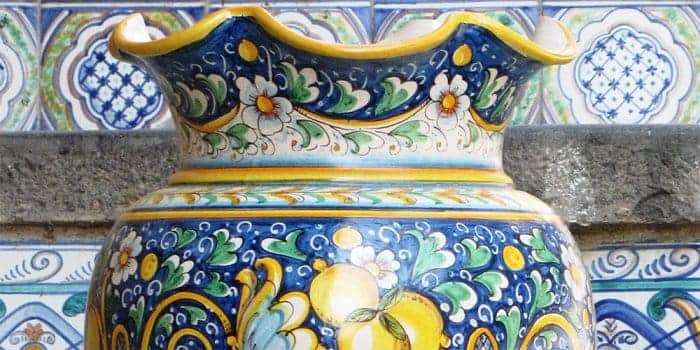
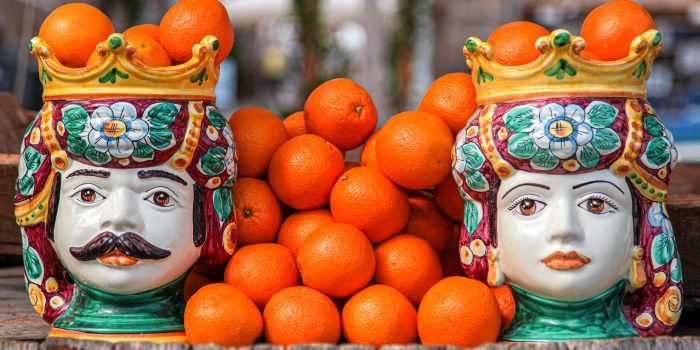
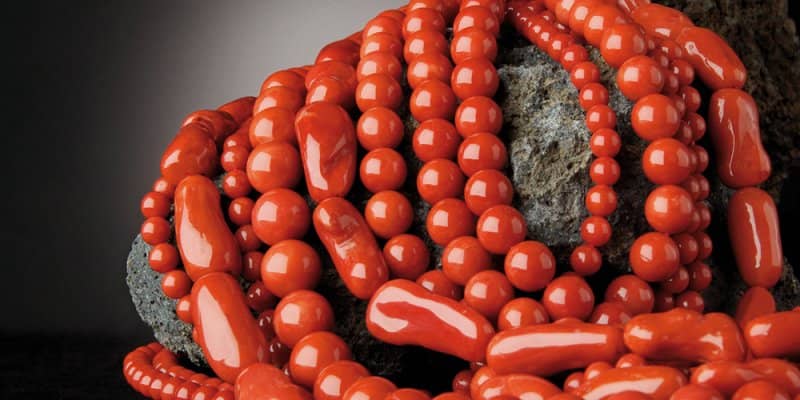
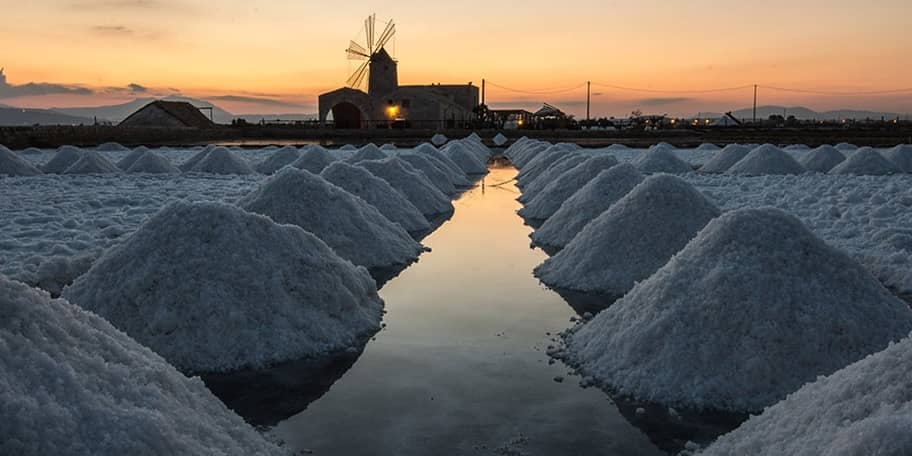

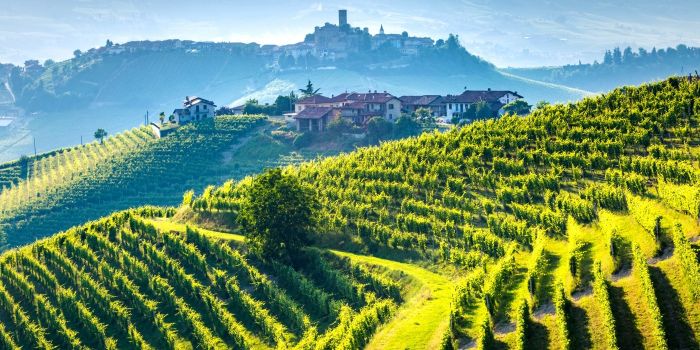
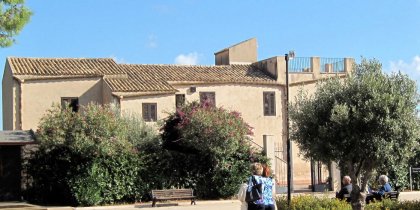
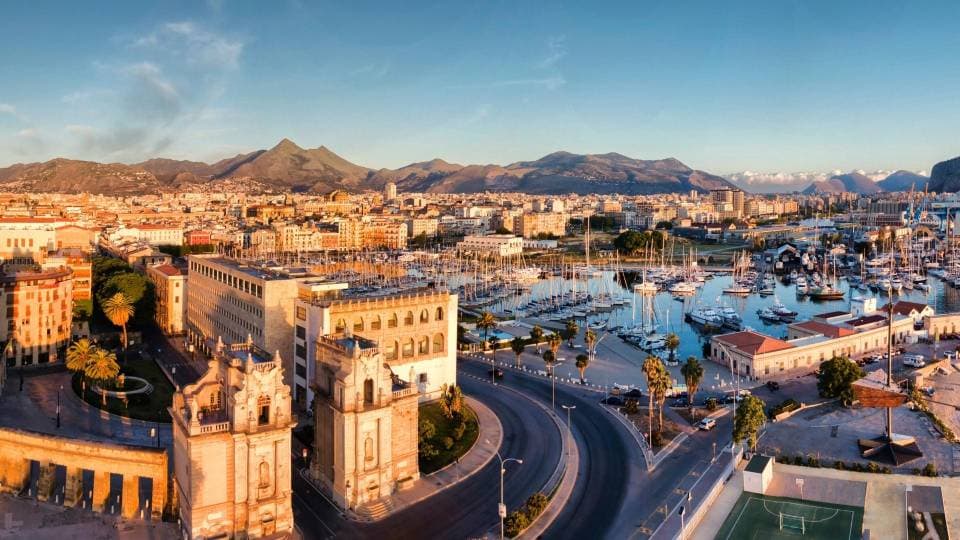


.jpg)
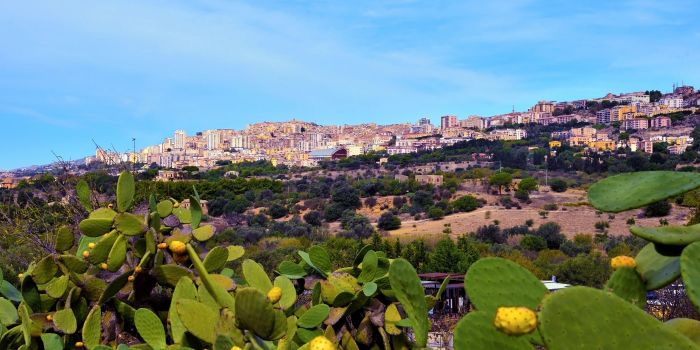
Ciao! I'm Monna Lisa, your digital travel designer. I'm here to help you plan your perfect trip to Italy.